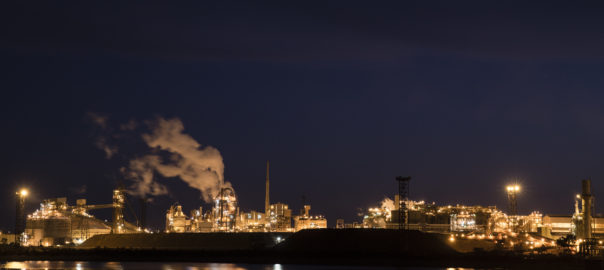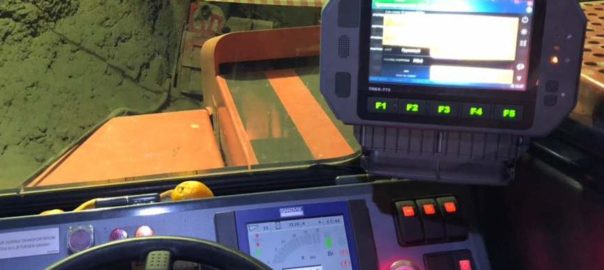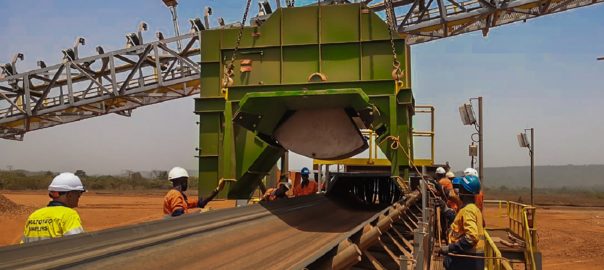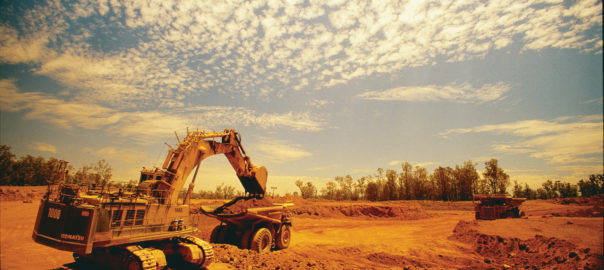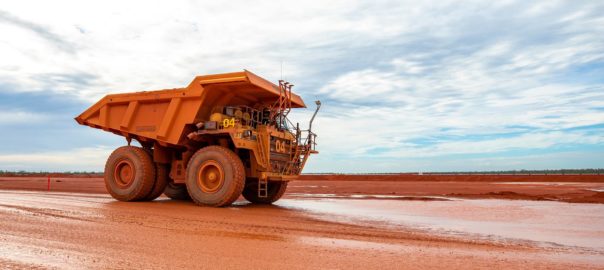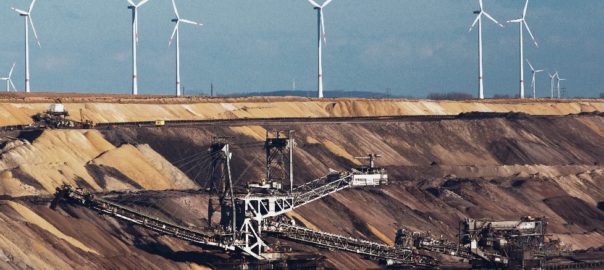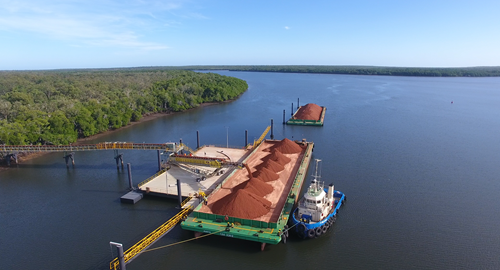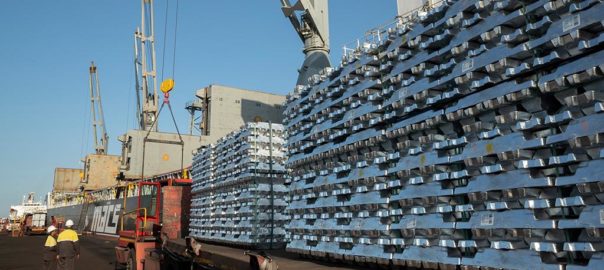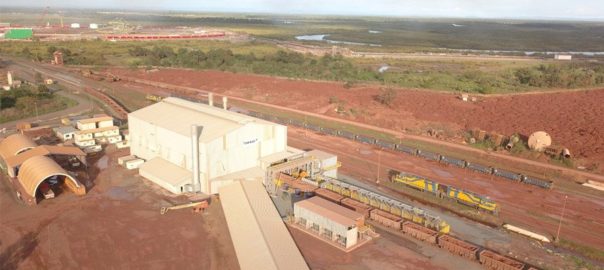SRG Global says it has secured a long-term circa-A$100 million ($72 million) contract with South32’s Worsley Alumina operations to provide specialist refractory services, including gunning and casting and installation of refractory products and anchors.
Works under the contract will commence in October 2020 with a duration of eight years.
South32 has also extended SRG Global’s existing engineered access services contract for a further two years, pocketing the ASX-listed engineering firm another circa-A$25 million. This will see SRG Global continue to provide access services at South32’s Worsley Alumina operations until mid-2027, it said.
David Macgeorge, Managing Director of SRG Global, said: “These contracts are a terrific achievement for SRG Global and we are excited to be expanding our partnership with South32 to continue to deliver long-term value for their Worsley operations.”
As part of the Worsley Alumina operations, bauxite is mined near the town of Boddington, 130 km southeast of Perth, Western Australia. It is then transported on the largest overland conveyor belt in the southern hemisphere, for more than 50 km, to a refinery near the town of Collie, where bauxite is turned into alumina.







